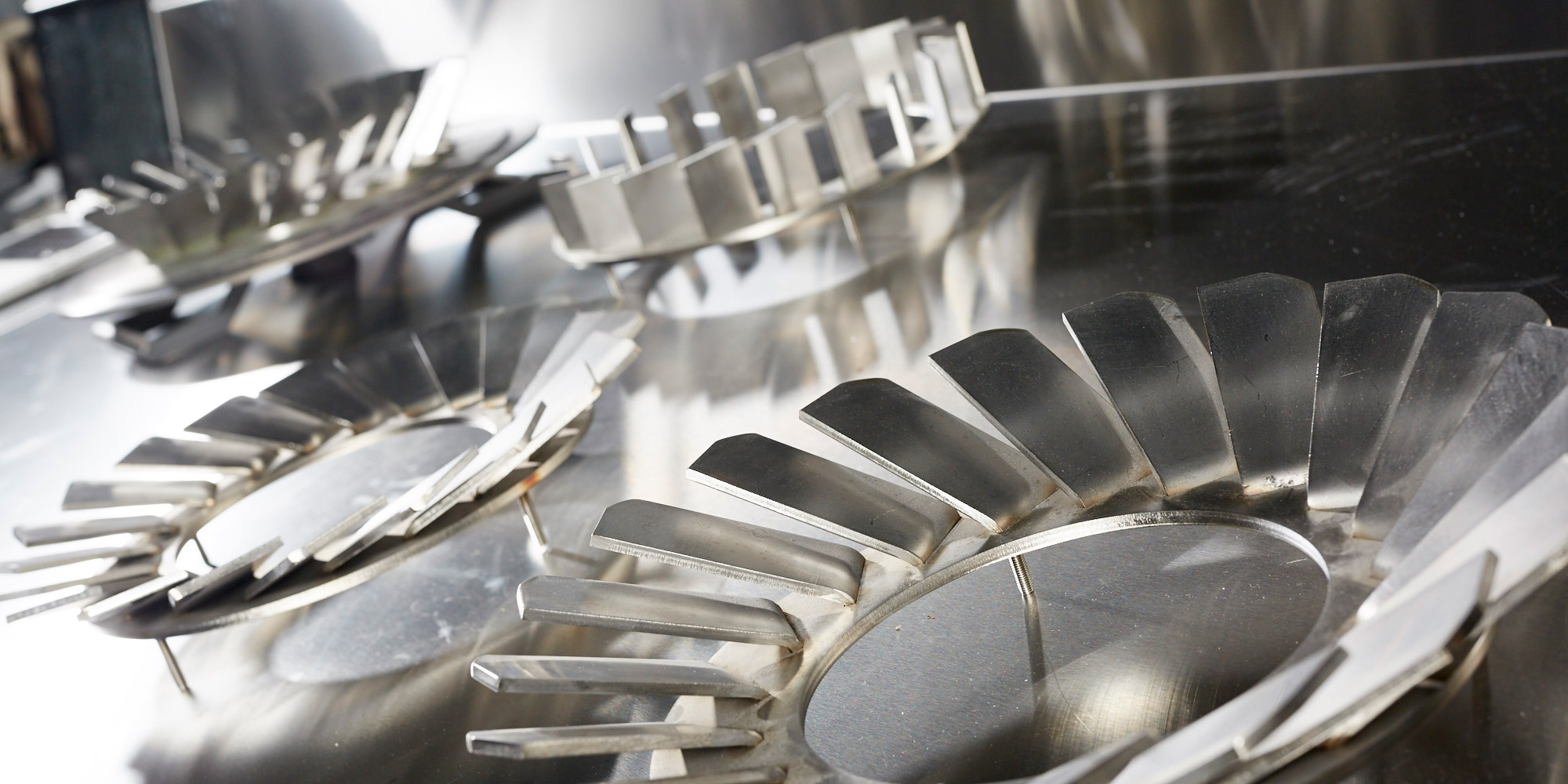Previous research areas include the erosion caused by solid particles and the influence of the mechanical properties of heat treated carbon steels.
If any of these projects are of interest to you, please contact us for more details
The effect of pellet physical properties on the handling of pelleted biomass fuels in practical use (2017)
It is well established that the many different types of biomass commonly used, behave very differently in use, especially in respect of the way they flow through fuel handling systems at the power plant. Part of this is due to different basic materials, but much of it is due to differences in processing between harvest and utilisation. For example, wood can be left in-the-round, chopped into short pieces, chipped, ground or pelleted, and all these different forms of what is the same material, have very different handling properties. They therefore demand quite different storage, discharge, handling and feeding equipment at the power station and once the equipment is chosen, often it closes the door to using other forms of the same fuel, let alone different basic materials.
Similar considerations apply to other biomass materials, for example straw may be fed in whole bales, scarified, chopped, ground to dust or again pelleted, also with critical effect on the handling systems needed. This research will measure of the handling properties of a wide range of different combinations of material and processing technique, to produce a large body of data from which trends and correlations can be extracted. It will also develop a fundamental understanding of the relationship between material, processing and handling properties.
Abrasive wear by hard particles and its influence on wall surface topography and wall friction angle (2002)
Abrasive wear accounts for the largest share of the problem of wear in industry, three-body wear being the most common. The project examined wear and friction under conditions of three-body wear. A linear abrasive wear tester was designed and built to measure wall friction, along with other known methods, and compared.
The influence of particle dynamics on erosion caused by solid particles within laboratory erosion testers (2001)
Using information from a comprehensive investigation into particle dynamics within a centrifugal accelerator erosion tester, a computer model was developed to predict the particle velocity vector. A parallel project examined a gas-blast tester. Differences in particle dynamics between the 2 testers led to different erosion rates under the same test conditions. The effects of particle rotation were incorporated into a modified Finnie-Bitter predictive model.
The influence of the mechanical properties of heat treated carbon steels on their solid particle erosion behaviour (1998)
The objective of the project was to investigate the effect of changes in mechanical properties, through microstructural modification by heat treatment, on the solid particle erosion of steel. Determining the relationship between mechanical properties and wear resistance of heat treated steels allowed suitable heat treatments to be selected to maximise the wear life of a given steel. Results from test work using laboratory test equipment, led to the presentation of a new predictive model, enabling the prediction erosion performance at various angles.
The use of laboratory erosion atests for the prediction of wear in pneumatic conveying bends (1996)
Two test facilities were constructed to carry out tests under accurately controlled conditions: a laboratory 'rotating disc accelerator' and an industrially scaled pneumatic conveying test facility. Both test facilities yielded results that followed previously reported trends but also illustrated some trends that had been unreported in earlier work.
